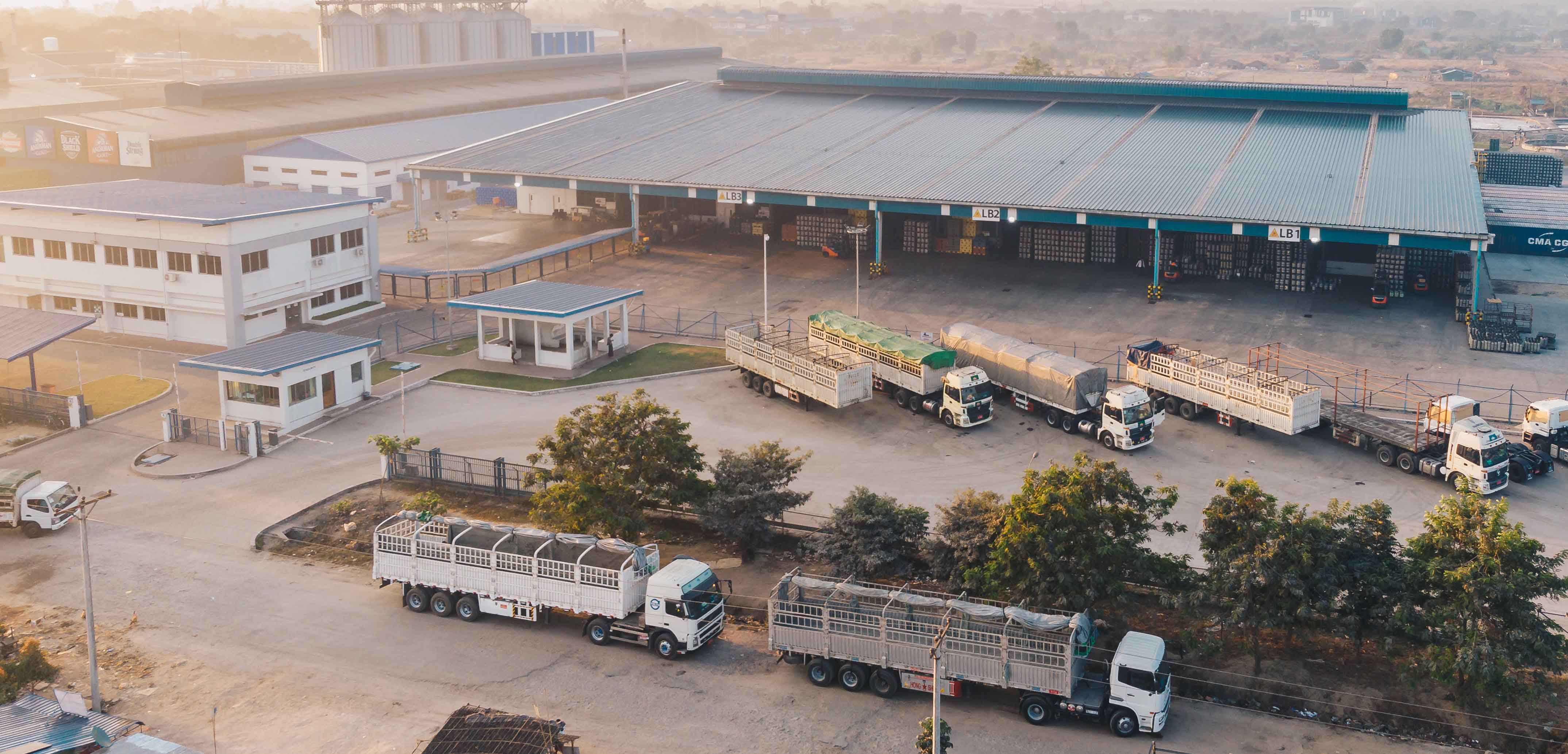India is the world's second-largest producer of fruits and vegetables - Production of around 300 million tons per year. According to a rough estimate as per 2021, India experienced a significant food wastage problem, with approximately 40% of its annual food production going to waste. This wastage primarily stemmed from fragmented food systems and inefficient supply chains. What added to the irony is that a substantial portion of this loss occurred even before the food reached the consumer.
Inadequate storage and transportation facilities for perishable food items in India have resulted in significant challenges and wastage which has raised concerns among various stakeholders in the food supply chain, as also highlighted in a September 2022 article. Traders often face difficulties finding space in trains, leading them to abandon perishable items that rot easily. In some cases, the food is dumped in the parcel area of railway stations, obstructing deliveries and causing financial losses due to goods not reaching their destination in fresh condition.
Temperature Control in Food Preservation
One of the key challenges in transporting perishable goods is the need to maintain the appropriate temperature throughout the journey. Temperature control plays a vital role in preserving the freshness, taste, and nutritional value of these goods. Improper temperature management can lead to spoilage, bacterial growth, and the risk of contamination, posing significant health hazards. The lack of a proper transport management system in the food supply chain emphasises the need for better solutions to extend the lifespan of perishable goods and reduce wastage.
Perishable foods, as stated by the United States Department of Agriculture (USDA), are prone to spoilage, decay, or pose potential health risks if not appropriately refrigerated at temperatures of 40°F (4°C) or frozen at 0°F (-17°C) or below. Unfortunately, due to inadequate storage and transportation facilities, many perishable food items in India are stored at temperatures above or below the recommended range. This situation calls for urgent measures to improve storage and transportation infrastructure, ensuring that perishable goods are maintained within the appropriate temperature range.
Well-designed packaging also plays a crucial role in protecting perishable goods during transportation. Clear labelling and packaging instructions help in efficient handling and identification of the products. Warehouse staff and transportation partners must be well-informed about the specific requirements of the perishable products they handle. For instance, different products may have varying temperature requirements. Fresh seafood might need to be transported at a colder temperature compared to fresh fruits. Proper knowledge ensures that the appropriate transportation methods, temperature controls, and handling protocols are implemented for each product. Vacuum-sealed packaging and modified atmosphere packaging (MAP) are also effective in extending product shelf life by creating an oxygen-free environment and controlling gas composition.
Technology’s Role
In the world of logistics, technology plays a pivotal role in ensuring the freshness and quality of perishable food throughout the transportation process. Businesses can leverage various tech solutions to monitor and maintain optimal temperature conditions, reducing the risk of spoilage and maximising product shelf life. Temperature sensors are designed to monitor the temperature of perishable goods in real-time. They can be placed inside trucks, containers, or warehouses to track temperature fluctuations and ensure that the goods remain within the desired temperature range. It helps provide accurate and reliable data, enabling identification to any deviations and taking immediate corrective actions.
Additionally, advanced data analytics and IoT (Internet of Things) platforms can be utilised to analyse temperature data and gain valuable insights. Other technologies that aid in preserving perishable food freshness include GPS tracking systems, which enable real-time location monitoring, ensuring timely deliveries. Raising awareness about the importance of proper temperature control can significantly contribute to minimising losses and maximising the potential of India's agricultural production.
Final Thoughts
Suppliers must invest in the right infrastructure, leverage advanced technologies, and prioritise best practices. From the farm to the table, each step in the journey plays a crucial role in delivering perishable goods that are not only safe but also of the highest quality. By embracing innovative solutions, adhering to rigorous standards, and fostering strong partnerships, we can align the transport management system with the demand for fresh and healthy products while minimising waste and maximising customer satisfaction.
